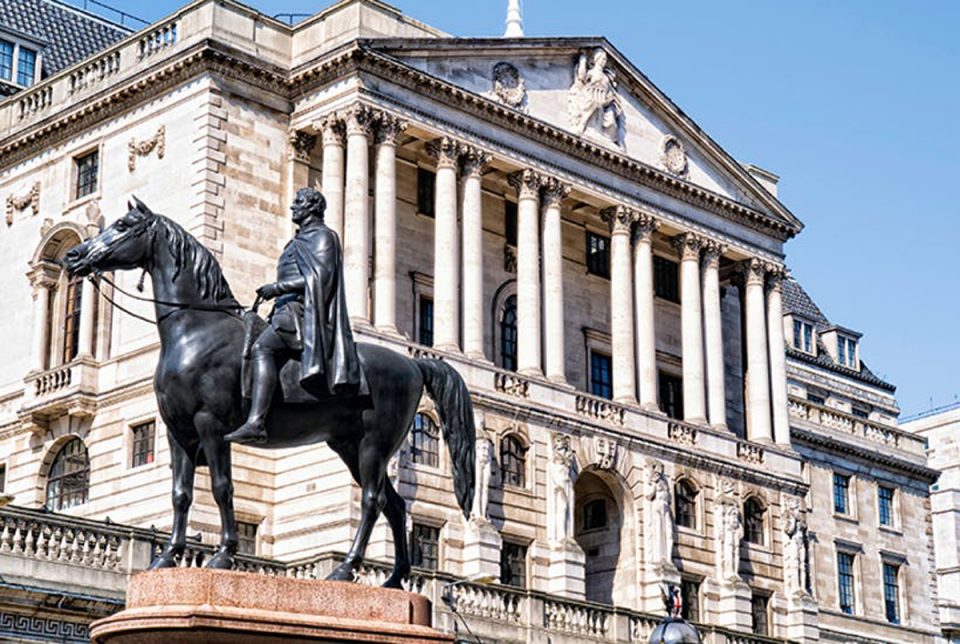The Bank of England is widely expected to keep interest rates unchanged at 5.25 per cent on Thursday, but economists are divided on when the first cut will come, according to CBNC.
Headline inflation slid by more than expected to an annual 3.4 per cent in February, hitting its lowest level since September 2021, data showed Wednesday. The central bank expects the consumer price index to return to its 2 per cent target in the second quarter, as the household energy price cap is once again lowered in April.
The larger-than-expected fall in both the headline and core figures was welcome news for policymakers ahead of this week’s interest rate decision, though the Monetary Policy Committee has so far been reluctant to offer strong guidance on the timing of its first reduction.
The U.K. economy slid into a technical recession in the final quarter of 2023 and has endured two years of stagnation, following a huge gas supply shock in the wake of Russia’s invasion of Ukraine. Berenberg Senior Economist Kallum Pickering said that the Bank will likely hope to loosen policy soon in order to support a burgeoning economic recovery.
Pickering suggested that, in light of the inflation data of Wednesday, the MPC may “give a nod to current market expectations for a first cut in June,” which it can then cement in the updated economic projections of May.
“A further dovish tweak at the March meeting would be in line with the trend in recent meetings of policymakers gradually losing their hawkish bias and turning instead towards the question of when to cut rates,” he added.
At the February meeting, two of the nine MPC decision-makers still voted to hike the main Bank rate by another 25 basis points to 5.5 per cent , while another voted to cut by 25 basis points. Pickering suggested both hawks may opt to hold rates this week, or that one more member may favor a cut, and noted that “the early moves of dissenters have often signalled upcoming turning points” in the Bank’s rate cycles.
Berenberg expects headline annual inflation to fall to 2 per cent in the spring and remain close to that level for the remainder of the year. It is anticipating five 25 basis point cuts from the Bank to take its main rate to 4 per cent by the end of the year, before a further 50 basis points of cuts to 3.5 per cent in early 2025. This would still mean interest rates would exceed inflation through at least the next two years.
“The risks to our call are tilted towards fewer cuts in 2025 – especially if the economic recovery builds a head of steam and policymakers begin to worry that strong growth could reignite wage pressures in already tight labour markets,” Pickering added.




